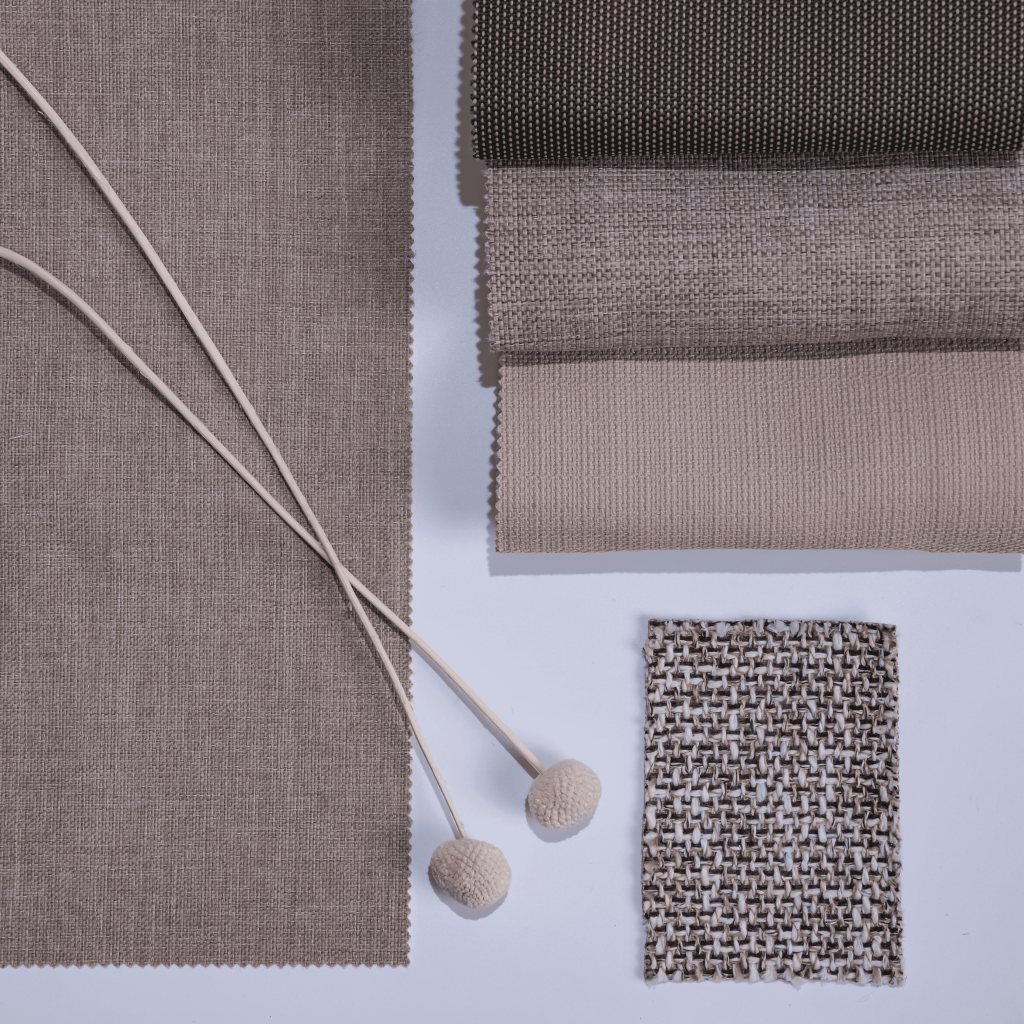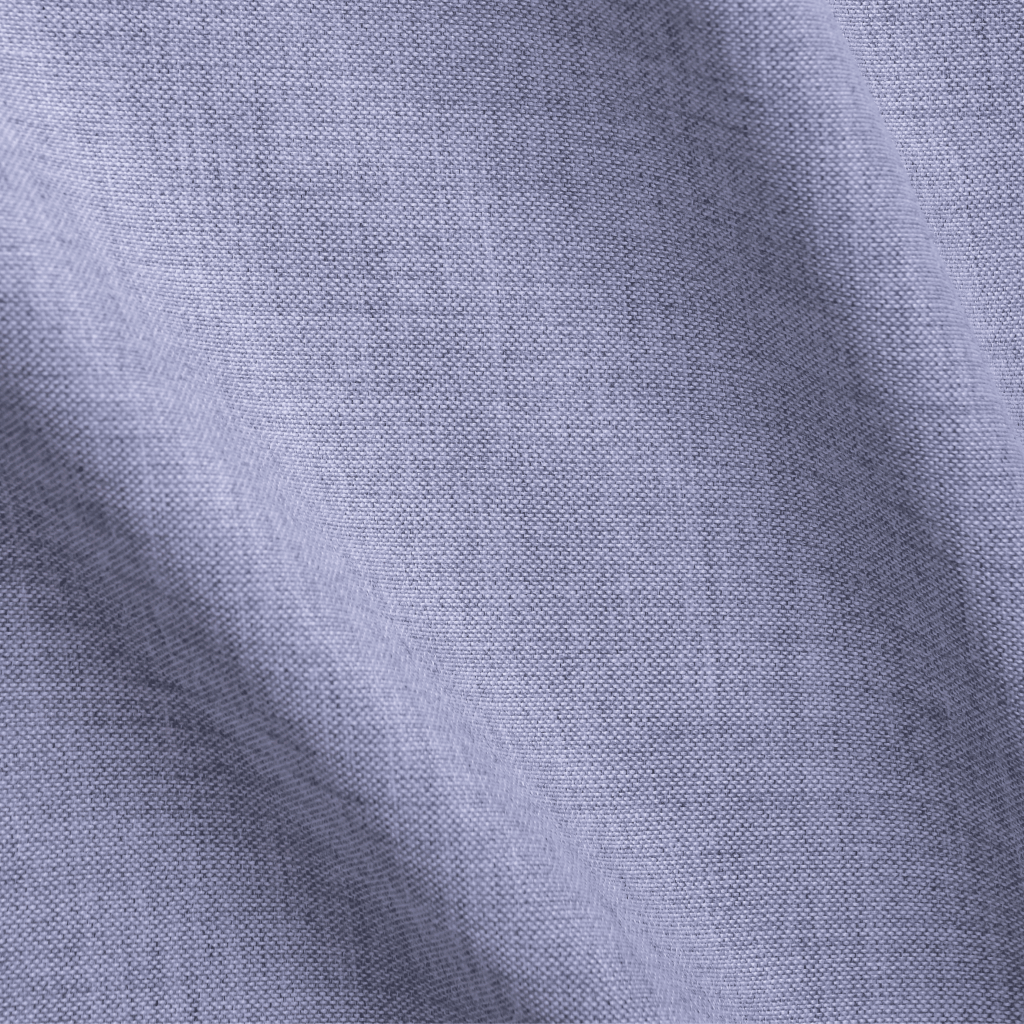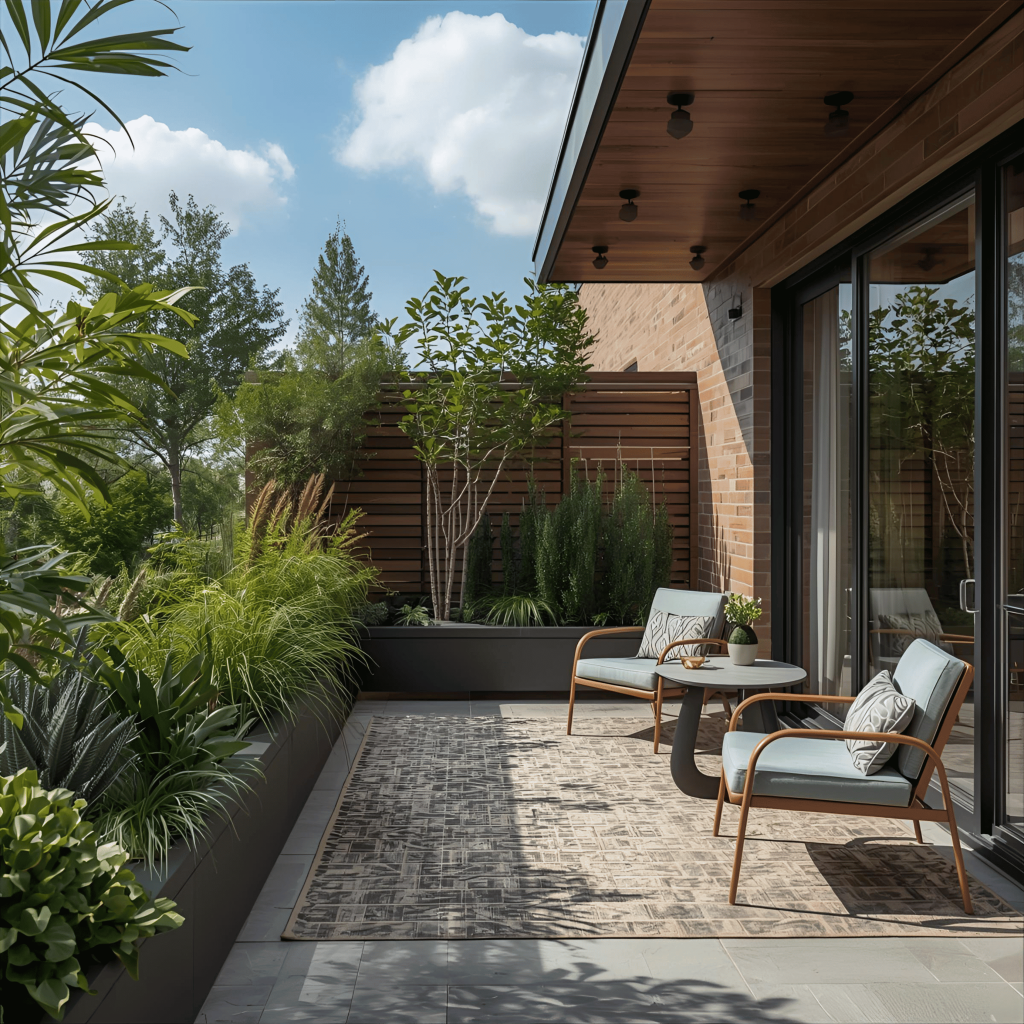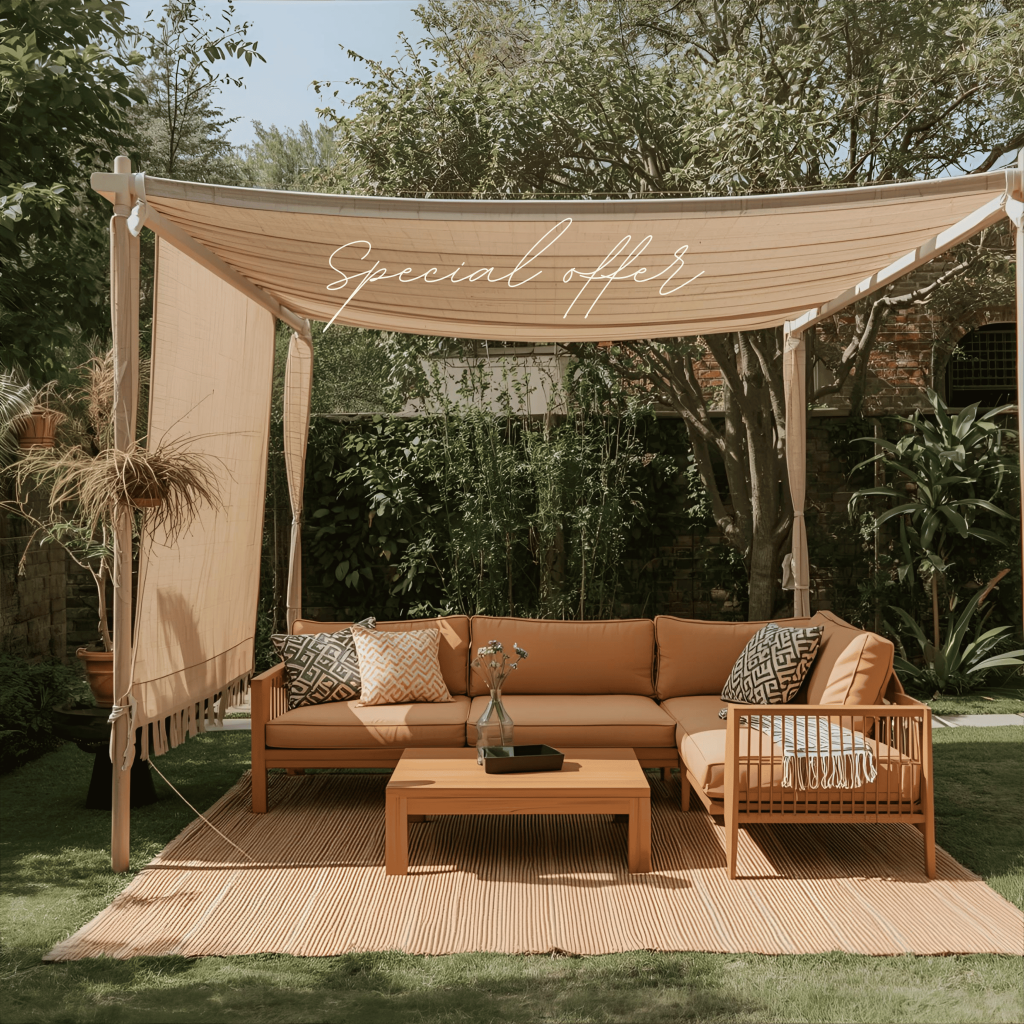Nội dung chính
Ensuring Lasting Color with SGS’s Rigorous 5-Step Colorfastness Verification Process
How can you trust a fabric’s color will last? We reveal **SGS’s 5-step verification process**, the rigorous scientific testing that guarantees colorfastness against fading for outdoor furniture.
Have you ever spent a significant amount of money on a balcony sofa in a trendy color, only to be deeply disappointed as it becomes faded and patchy after just a few months of sun exposure? The seller’s promise of “premium, color-fast fabric” seems to vanish under the harsh sun and rain.
This is a harsh reality in the outdoor furniture industry. There is a vast gap between “promise” and “reality,” and to bridge that gap, we need an independent third party—an impartial referee with the credibility and scientific capability to make a definitive judgment. In the global textile industry, that name is SGS.
A colorfastness certification from SGS is not just an ordinary piece of paper; it is a shield of assurance, a commitment validated by the most rigorous scientific testing procedures. At Art Fabric Vietnam, we understand that customer trust cannot be built on words alone, but on tangible quality. Therefore, today we will pull back the curtain and explore the stringent 5-step process that SGS uses to verify the “lifespan” of color on every thread of fabric.
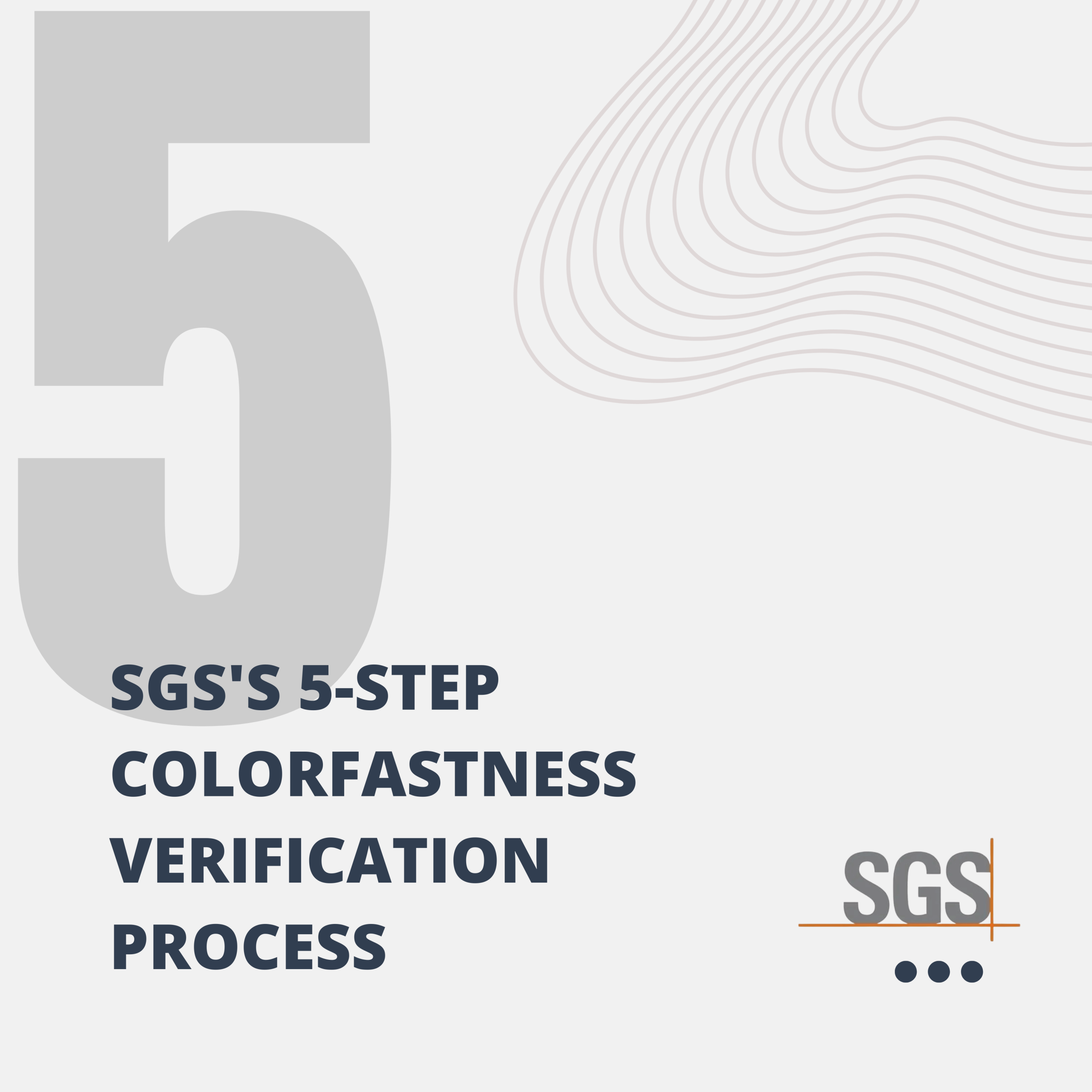
1. Why SGS and Not a Self-Proclaimed Guarantee?
Before diving into the process, it’s crucial to understand why a certification from an organization like SGS (Société Générale de Surveillance) carries so much weight.
SGS is the world’s leading inspection, verification, testing, and certification company, headquartered in Switzerland. They do not manufacture or sell fabric; their sole role is to test and provide objective results.
- Objectivity: Their results are not influenced by the interests of the manufacturer or supplier.
- Global Standards: SGS’s testing methods are based on widely recognized international standards such as ISO (International Organization for Standardization) and AATCC (American Association of Textile Chemists and Colorists).
- Reliability: A product certified by SGS means it has passed the most stringent tests, offering absolute peace of mind to consumers and business partners.
Now, let’s explore the five “grueling tests” a piece of fabric must endure to earn its SGS colorfastness certificate.
2. The 5-Step Colorfastness Verification Process by SGS
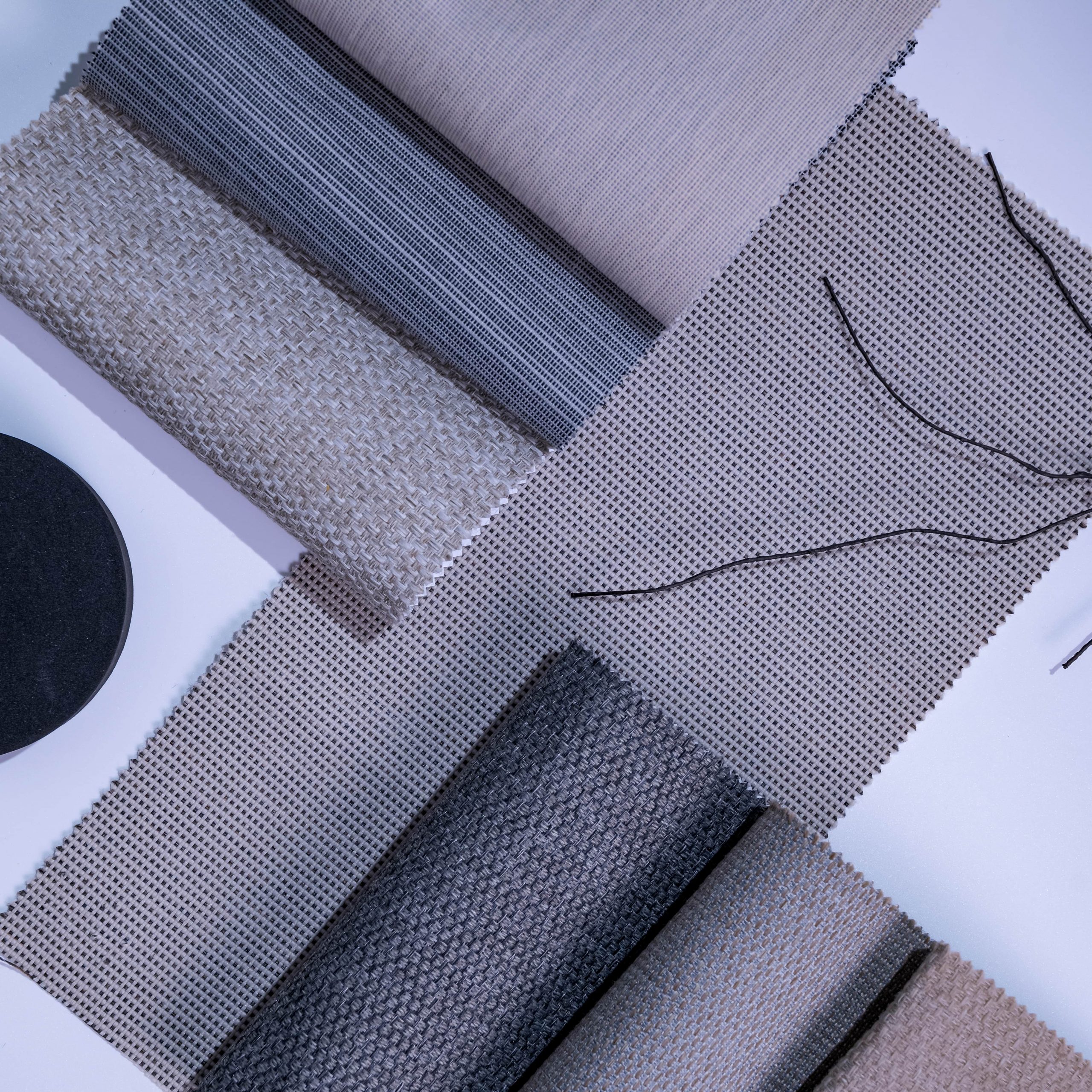
Step 1: Colour Fastness to Light – Fighting the #1 Enemy: UV Rays
This is the most critical test for outdoor fabrics. SGS doesn’t simply lay the fabric out in the sun. They use a specialized device called a Xenon Arc testing chamber, which simulates sunlight at an extremely high intensity and in a compressed timeframe.
- Process: A sample of the test fabric and a standard control fabric are placed side-by-side in the machine. A Xenon lamp provides continuous irradiation, simulating hundreds, or even thousands, of hours of direct sun exposure in just a few days. The machine also controls other factors like temperature and humidity to replicate real-world conditions.
- Reference Standard: Typically ISO 105-B02 or AATCC 16.
- Purpose: To evaluate the dye’s ability to resist degradation caused by ultraviolet (UV) radiation, the primary cause of fading. A fabric that scores high on this test will retain its vibrant color through many sunny seasons.
Step 2: Colour Fastness to Rubbing/Crocking – The Challenge of Daily Use
Color doesn’t just fade from the sun; it can also transfer through friction. Have you ever worn new jeans and noticed blue stains on your light-colored sofa? That is the phenomenon of “crocking.”
- Process: SGS uses a device called a Crockmeter. A standard white cloth (both dry and wet) is rubbed against the surface of the test fabric with a specified pressure and for a precise number of cycles.
- Reference Standard: Typically ISO 105-X12.
- Purpose: To measure the degree of color transfer from the test fabric to the white cloth. This test is crucial for upholstery fabrics, ensuring that your clothes won’t be stained when you sit on a chair, especially in humid conditions (e.g., from sweat or dampness).
Step 3: Colour Fastness to Weathering – Simulating Erratic Sun and Rain
For outdoor fabrics, resisting light alone is not enough. They must withstand the brutal combination of sun, rain, wind, and sudden temperature changes.
- Process: This test is an upgrade from the lightfastness test. The fabric sample is not only exposed to UV rays from the Xenon lamp but is also periodically sprayed with water to simulate rain showers. This “sun-rain” cycle is repeated to accelerate the natural weathering process.
- Purpose: To assess the overall colorfastness and physical durability of the fabric when exposed to harsh outdoor environmental conditions.
Step 4: Colour Fastness to Water & Chlorinated Water – Facing the Pool Environment
An ideal outdoor space often includes a swimming pool. This means that upholstery for chairs and umbrellas will frequently come into contact with chlorinated water, a powerful bleaching agent.
- Process: The fabric sample is immersed in various solutions, including purified water, simulated seawater, and, most importantly, water containing a standard concentration of chlorine for a specific period and under pressure.
- Purpose: To ensure the fabric’s color does not change or become blotchy when exposed to rainwater, seawater, or pool water.
Step 5: Grey Scale Evaluation
After completing the above “torture tests,” how does SGS deliver an objective result? They don’t use the naked eye to judge “good” or “bad.” They use an international standard tool called the “Grey Scale.”
- Process: An expert compares the color change of the tested sample against the original, untouched sample. They place the Grey Scale (a strip with five shades of grey, from white to dark grey) alongside the samples to find the corresponding level of change.
- The Grading System:
- Grade 5: No change in color (Excellent).
- Grade 4: Very slight change (Good).
- Grade 3: Noticeable change.
- Grade 2: Substantial change.
- Grade 1: Major change (Poor).
A high-quality outdoor fabric must typically achieve a Grade 4-5 on the Grey Scale for most of these tests.
3. Art Fabric Vietnam: A Commitment to Quality, Guaranteed by SGS
At Art Fabric Vietnam, we don’t just sell fabric; we deliver peace of mind. Selecting product lines that meet SGS’s demanding testing standards is part of our core commitment. We believe that an outdoor product is only truly perfect when its beauty endures over time. The colorfastness certificate from SGS is a firm testament to that belief.
To achieve these impressive results, initial base fiber selection is paramount, which is why high-performance fabrics, such as Art Fabric Vietnam’s Olefin and Polyester, are often the first choice.

